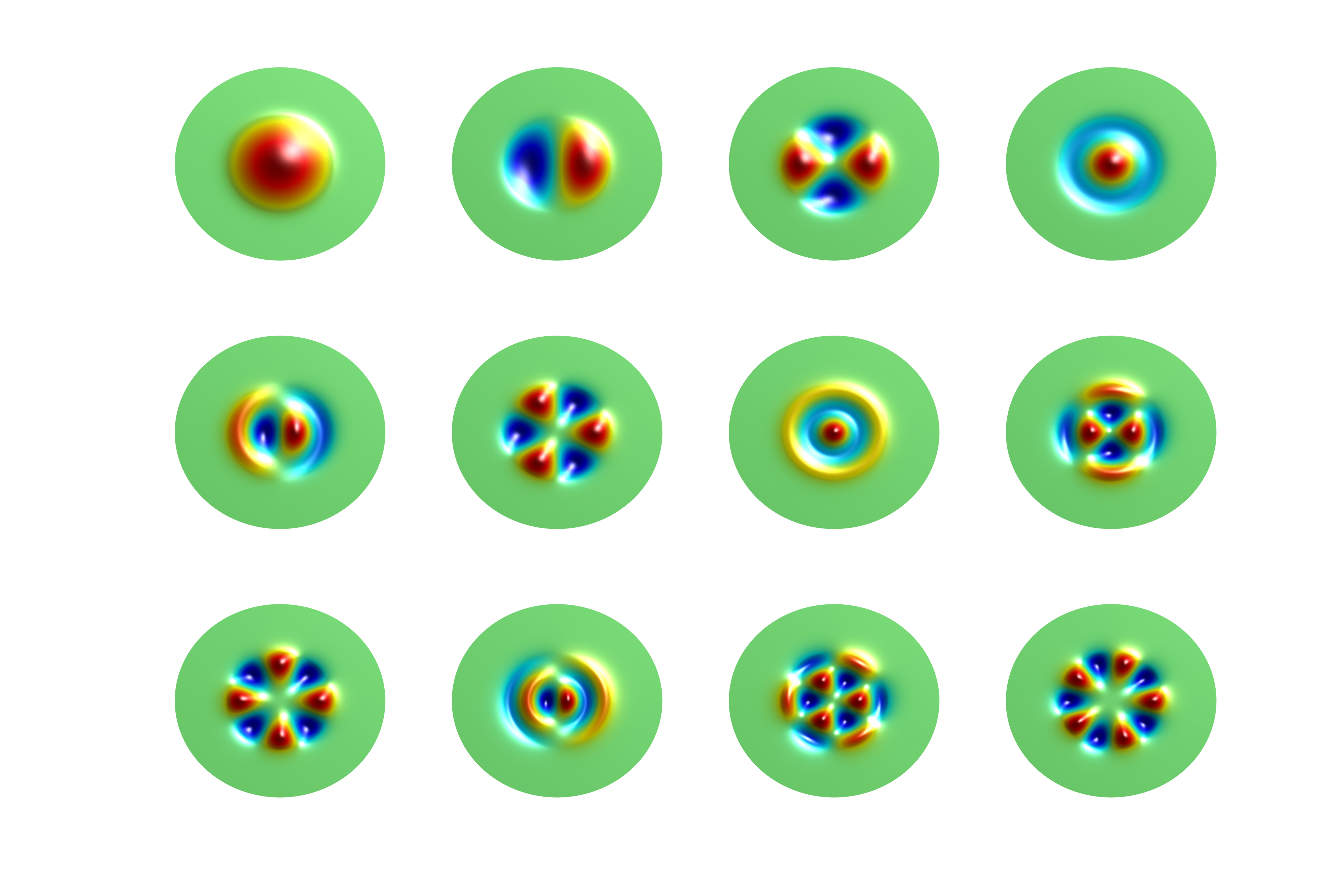HSPACE H2020-MSCA-IF-2014

Summary of the context and overall objectives of the project
Our information society relies to an unprecedented extent on broadband communication solutions such as high-speed Internet access, mobile voice and data services, multimedia broadcast systems, etc. To fulfil the steadily growing volume and bandwidth demand of those data services while simultaneously reducing the cost per transported information bit, communication systems have been continuously improved in terms of reach and aggregate transport capacity. However, it is now recognised that communication systems are rapidly approaching the fundamental information capacity of current technology, a trend with potential negative impact on the economy and social progress.
HSPACE project targeted the development of advanced spatial-division-multiplexed (SDM) systems to unlock the capacity of future information systems by enabling the transmission of spatial super-channels over a single fibre. The proposed concept was implemented mainly using and few-mode fibres (FMFs) as underlying technology platform along with novel digital signal processing (DSP) techniques that minimise the mode interference and inter mode nonlinearities, keeping the required digital processing at realizable levels.
The other main objective of the project included multidisciplinary scientific training in optical communications, photonic device technologies, advanced modelling methods and DSP techniques enabling Dr. Filipe Ferreira to become a research leader in this challenging area of enormous practical relevance. Additionally, the project allowed the development of the Fellow soft-skills such as foreground intellectual property (IP) protection, communication skills, management skills ensuring that he is equipped to be a future leader in industry, or academia. On the other hand, the AIPT benefited from the Fellow strong theoretical background on modelling and design of FMFs as well as on the simulation of SDM transmission.
Work performed from the beginning of the project to the end of the period
Dr. Ferreira received during the project training from Prof. Andrew Ellis, and other colleagues at Aston addressing various topics, such as: project management, IP, technical writing, open access and research data management, as well as career and personal development planning. He successfully completed Introduction to Learning and Teaching Practises (ILTP) course and Postgraduate Certificate in Learning &Teaching in Higher Education (PGCert). The Fellow’s training needs were addressed through a personal Career Development Plan aimed at diversifying and complementing his research skills and knowledge, providing him with a range of special technical training in the area of optical communications, photonic device technologies, advanced modelling methods and DSP techniques. During HSPACE, the Fellow has extensively developed his communication, teamwork, networking and initiative skills as described in the following:
Teamwork
Networking
Initiative
Progress beyond the state of the art
Dr. Ferreira major achievements during HSPACE were in the area of Nonlinear Compensation Methods, Nonlinear Capacity of Few-Mode Fibre Links, Designing of Few-Mode Fibre Links and Spatial-Mode-Shift-Keying, as I detail below:
-
Nonlinear Compensation Methods
- Pioneered a novel in-line NLC method based on all-optical optical coherent superposition that takes no additional bandwidth of the network elements (fully backward compatibility), and limits PMD accumulation to one span (~80km). This method can deliver multiple 3dB SNR boosts by exploiting the network’s dark-fibre. A novel double-stage interferometer enables the coherent superposition. Dr. Ferreira is the lead inventor on the twin-fibres GB patent application (no. 1605120.3). The patent includes an experimental demonstration of a twin-fibres link with 20km using a 10Gbps XFP transceiver designed and implemented by me, a 2.3dB SNR boost was obtained.
- Extended the digital back-propagation (DBP) method to
mode-multiplexed systems. A DBP implementation based on Manakov
equations provides significant gain for a linear mode coupling
higher than 20dB/100m and for a differential mode delay equal or
lower than 0.01ps/km, which is not a likely scenario. Thus, DBP
for few-mode fibres requires mode coupling tracking like SMF
systems impacted by PMD. (F. Ferreira, et al., ECOC 2017, p.
W.1.D.3).
Nonlinear Capacity of Few-Mode Fibre Links - First to estimate the coupling strength required for the
suppression of nonlinear distortion in few-mode fibres below that
of an isolated mode propagating without intermodal nonlinear
distortion or intermodal coupling. A linear mode coupling above
20dB/100m is required (F. Ferreira, et al., OFC 2016, p. Tu2E.3),
which is possible in practice following the appropriate fibre
design rules, as derived in F. Ferreira, et al., IEEE/OSA JLT,
vol. 32, no. 3, pp. 353–360, 2014.
Designing of Few-Mode Fibre Links - First to identify the analytical relation between the group
delay spread in few-mode fibres with the real-world fibres
operating in the intermediate regime, this is operating neither in
the weak nor the strong coupling regime. The knowledge of group
delay spread is critical to dimension the receiver memory and
transmission reach, and to estimate the nonlinear limited
capacity.
Spatial-Mode-Shift-Keying - Development of a proof-of-concept experiment to generate spatial-mode-shift-keying signals using one single highly-efficient all-dielectric metasurface that has the unique ability of simultaneous converting different input polarizations of an incoming LP01 signal into different orthogonal LP modes. The patent includes an experimental demonstration of a conventional polarization multiplexed (or shift-keyed) signal being converted into a mode multiplexed (or shift-keyed) signal (LP21 and LP11) and back into polarization multiplexed signal, a 100G DP-QPSK transponder was used. The experiment was designed and executed by me starting from a non-connectorised metasurface sample which required a strict free-space arrangement.